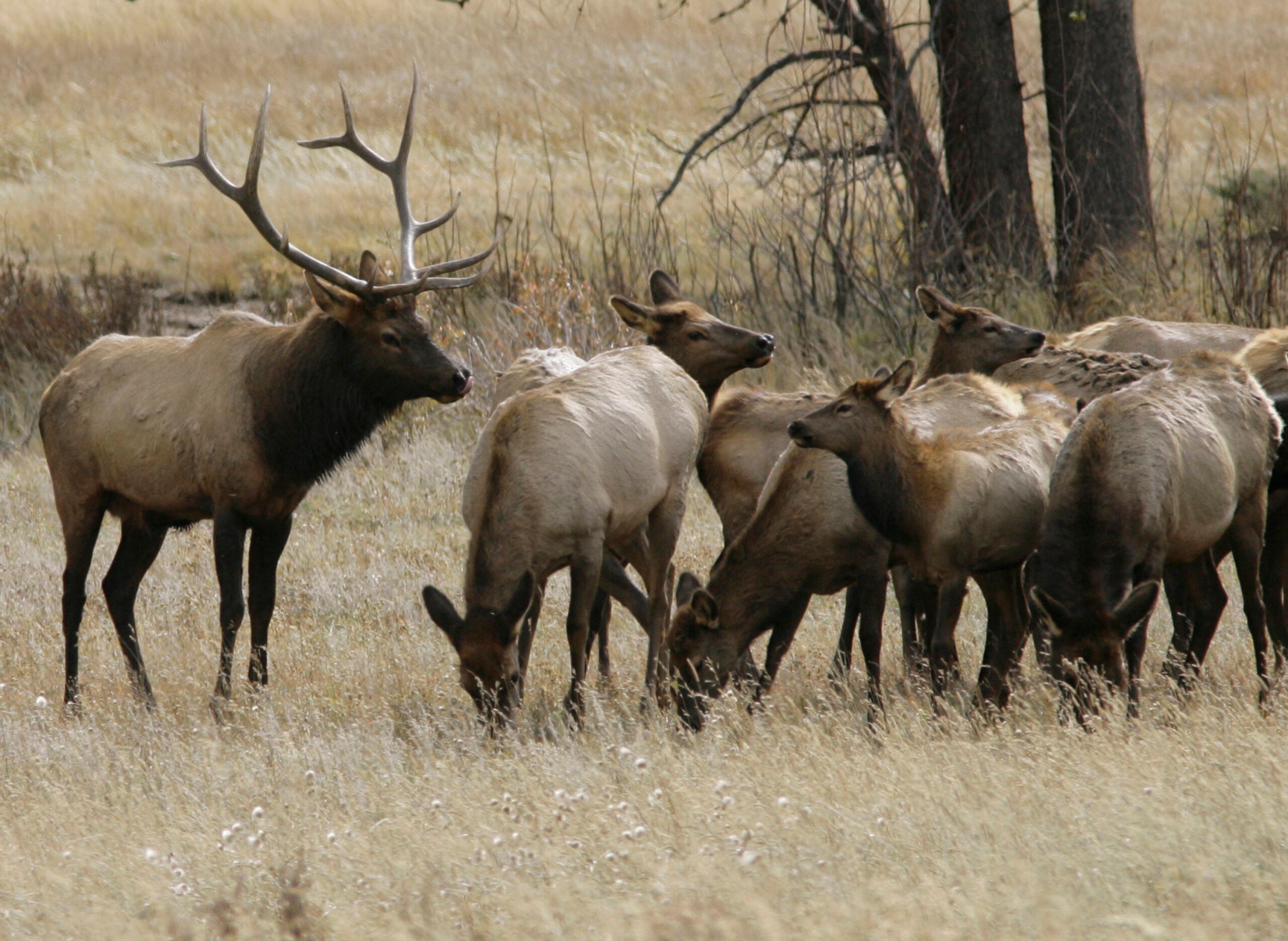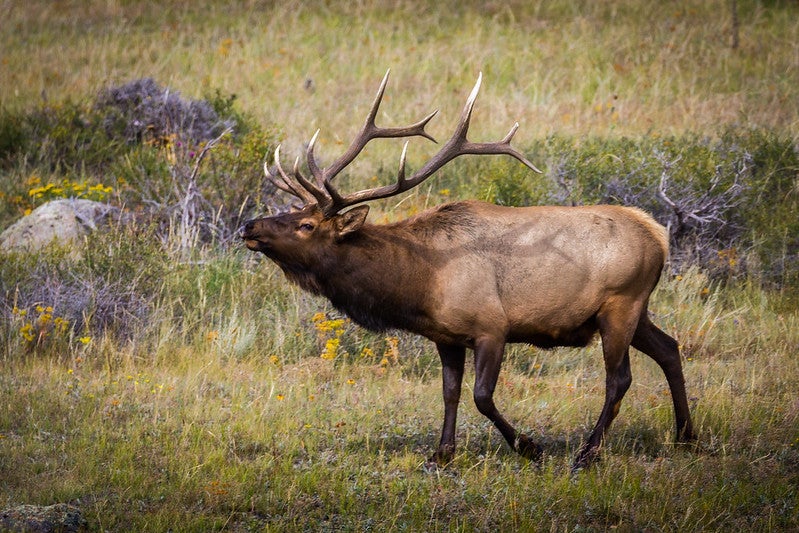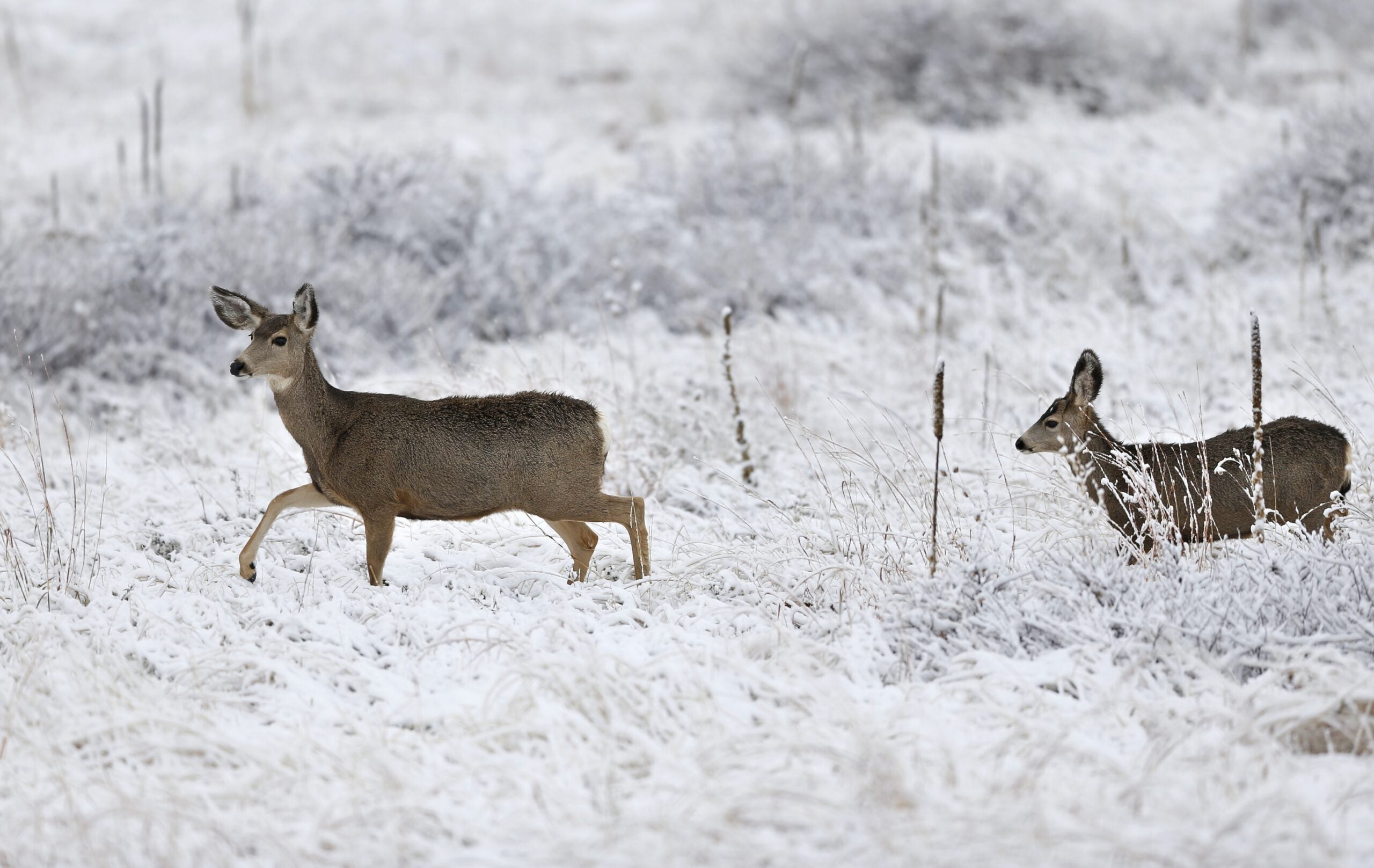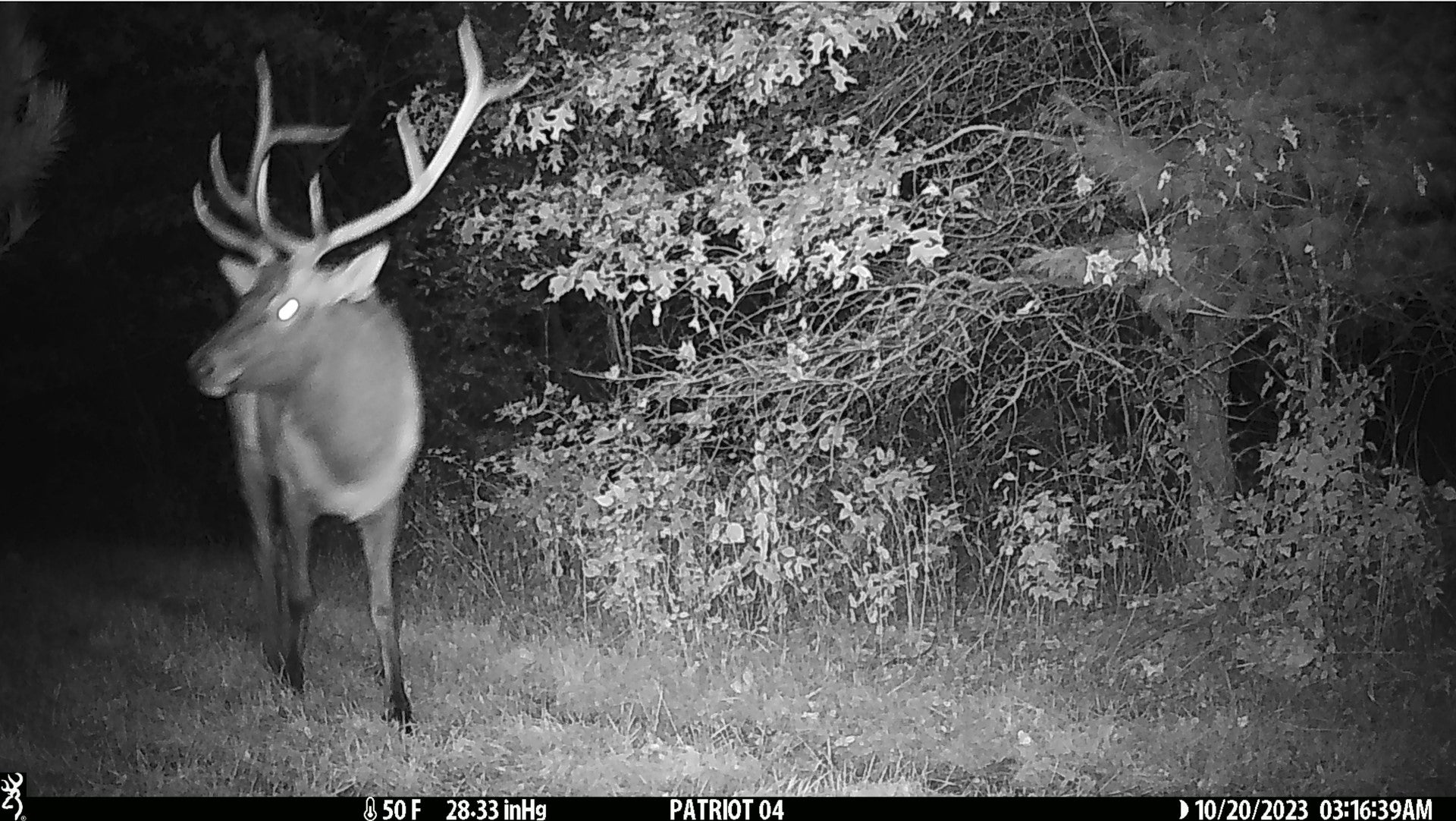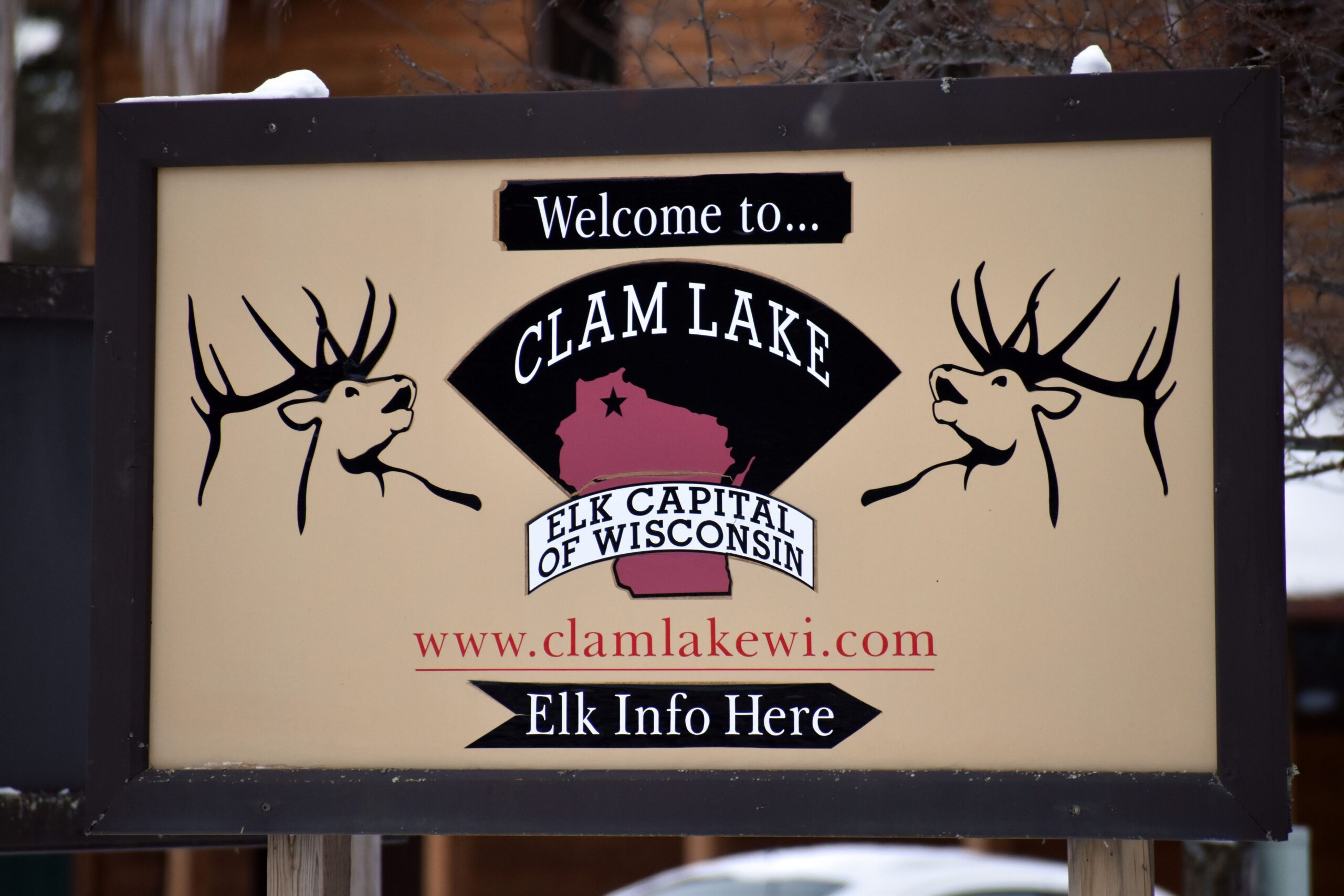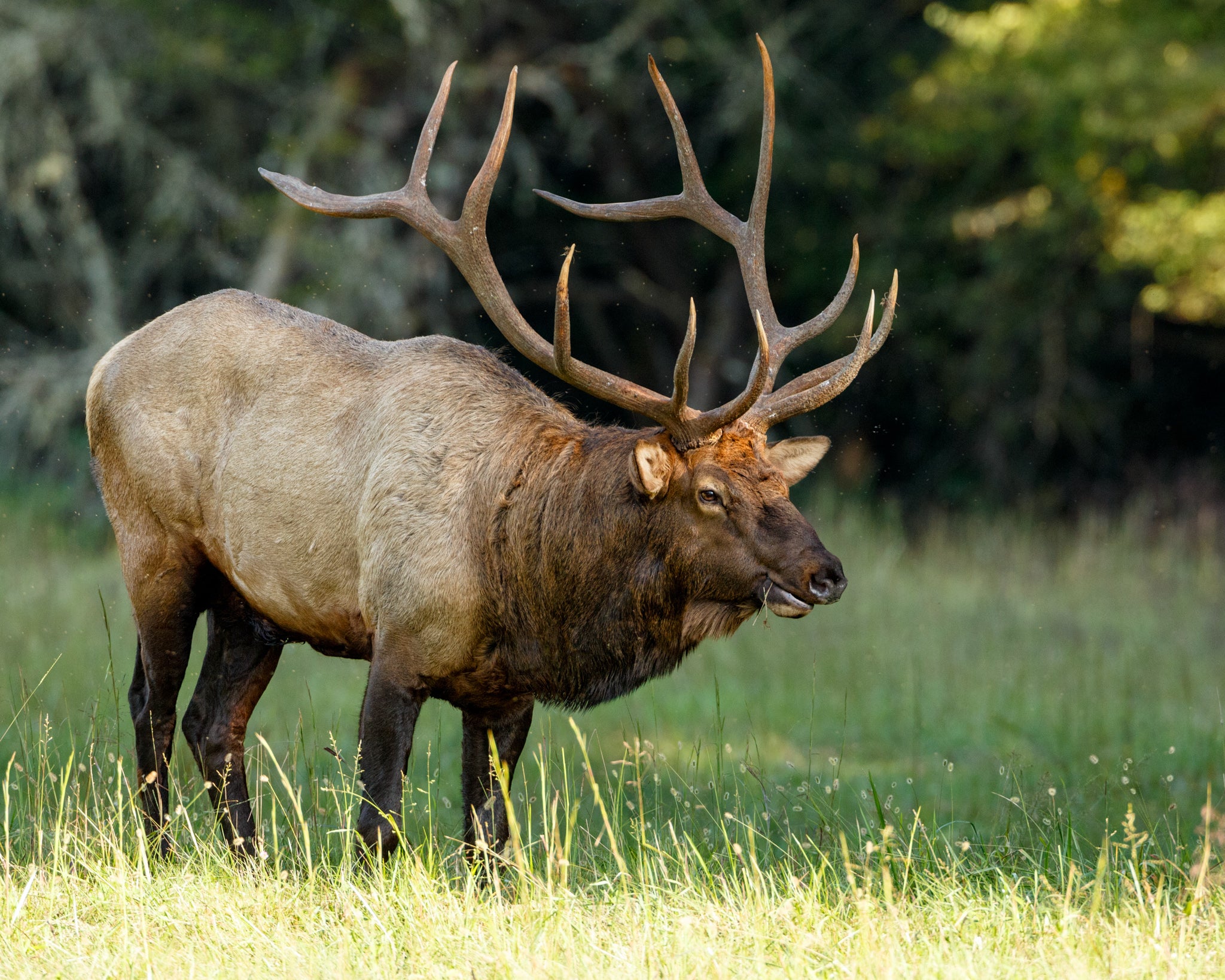The number of people applying for a chance to hunt elk in Wisconsin is down this year compared to 2018’s inaugural elk hunting season.
The state Department of Natural Resources announced last week that four hunters were picked to receive elk tags after more than 23,000 had applied. That number is down significantly when compared to the more than 38,000 people who applied for a chance to hunt elk near Clam Lake in 2018.
But DNR big game ecologist Kevin Wallenfang said he’s not worried about the decline.
Stay informed on the latest news
Sign up for WPR’s email newsletter.
“It’s down a fair bit from last year and, you know, exactly why I couldn’t tell you,” Wallenfang said. “Maybe last year was kind of the novelty of the very first hunting season and interest was high. But we’re still really happy and excited to see that the interest is there from the hunters.”
Applications to enter the DNR’s elk hunt drawing cost $10, which means the DNR took in approximately $150,000 less this year compared to 2018. A DNR press release, though, said this year’s application fees and a $7,800 donation toward the elk program will “support habitat management and research to benefit Wisconsin’s growing elk population” and other wildlife.
The agency has been working since 1995 to reintroduce elk to Wisconsin’s Chequamegon-Nicolet National Forest near Clam Lake. More recently, elk from Kentucky have been brought to the Black River State Forest near Black River Falls in an exchange program with the Kentucky Department of Fish and Wildlife.
Wallenfang said the last shipment of 50 elk to what the department calls the “Clam Lake herd” is currently in a quarantine pen awaiting release. He said those animals along with new calves expected this year will add to a growing elk population in the state.
“We could well be looking at 300 elk in the Clam Lake area by itself after this year and we are projecting between 70 or 80 calves down in the Black River herd,” Wallenfang said.
The DNR set a quota of 10 male elk, known as bulls, this year. Half of those tags will go to the state’s Ojibwe tribes per treaty, according to the agency. Of the remaining five tags, four go to hunters participating in the agency’s drawing. The last tag is to be raffled off by the Rocky Mountain Elk Foundation. But Wallenfang said the overall story of elk reintroduction goes beyond the hunt.
“We have conservation groups that are spending money here to do land protection projects,” he said. “We’ve got several thousand acres of land that is now open for public use because we have elk in the state.”
Wallenfang said the overall goal for elk reintroduction in Wisconsin is to have 1,400 animals in the Clam Lake herd and just less than 400 in the Black River State Forest.
This year’s winners of DNR issued elk tags come from the cities of Cameron, Cumberland, Grand View and Medford, according to the agency. The recipients’ names are not released.
Wisconsin Public Radio, © Copyright 2024, Board of Regents of the University of Wisconsin System and Wisconsin Educational Communications Board.

